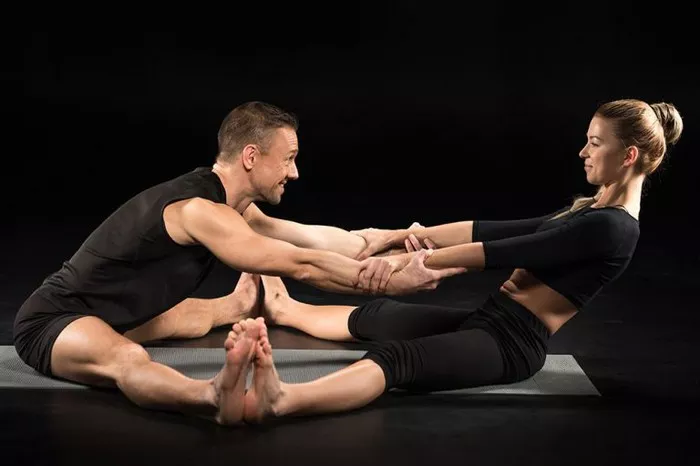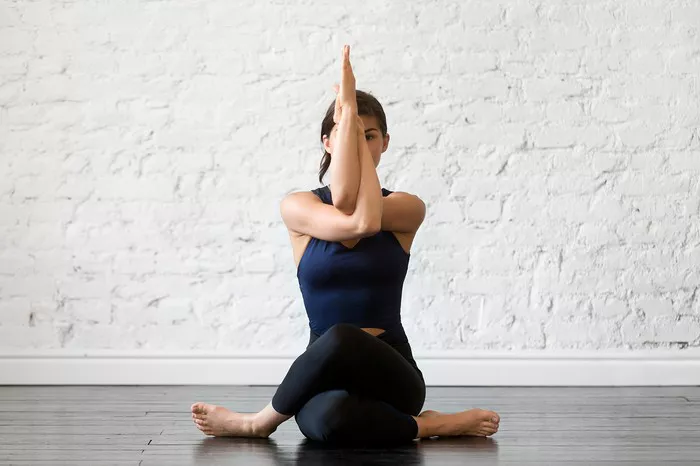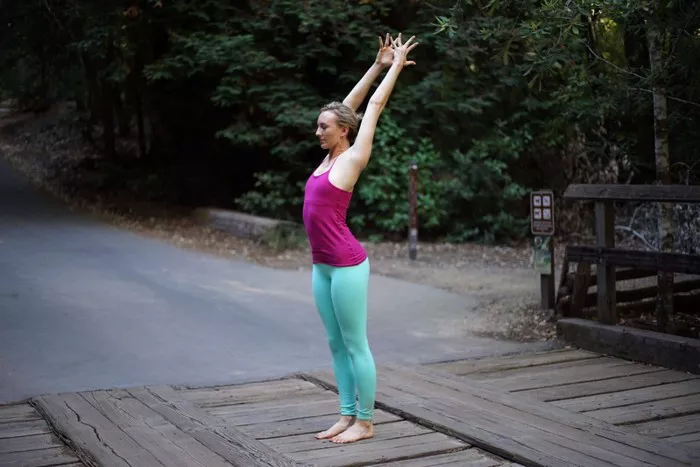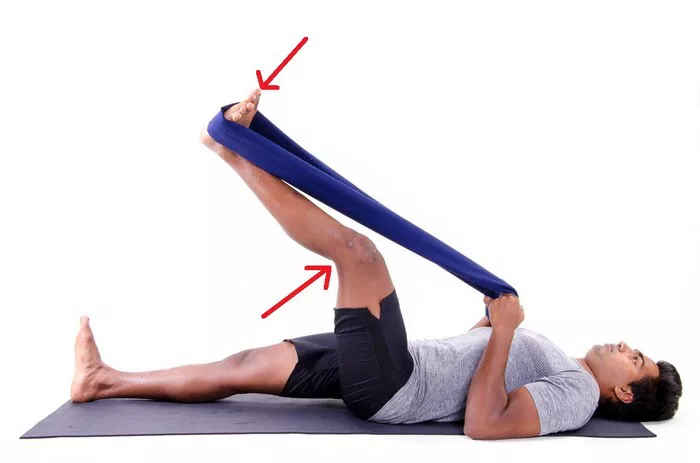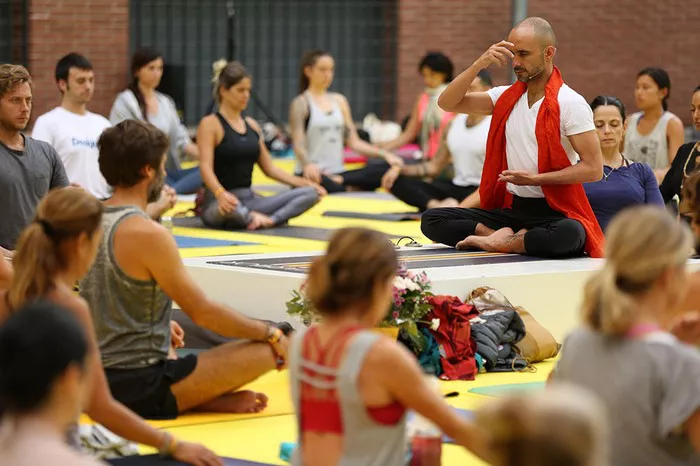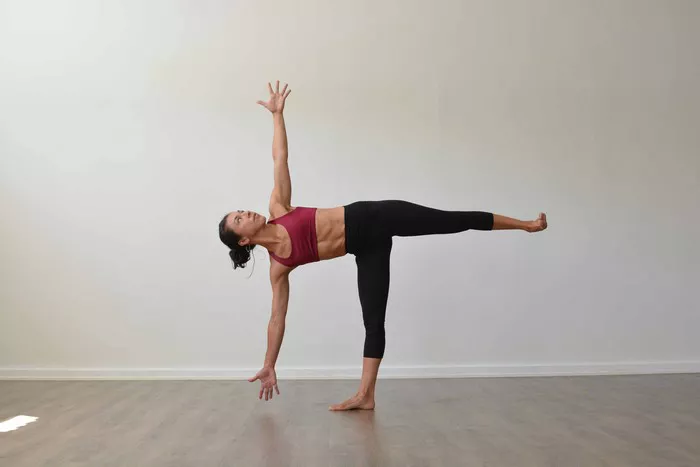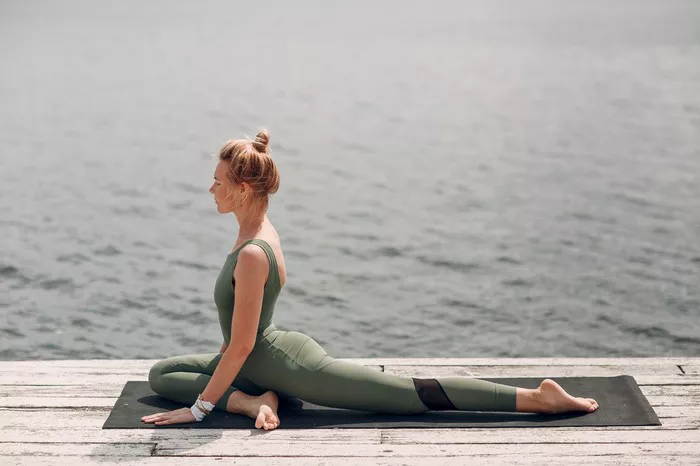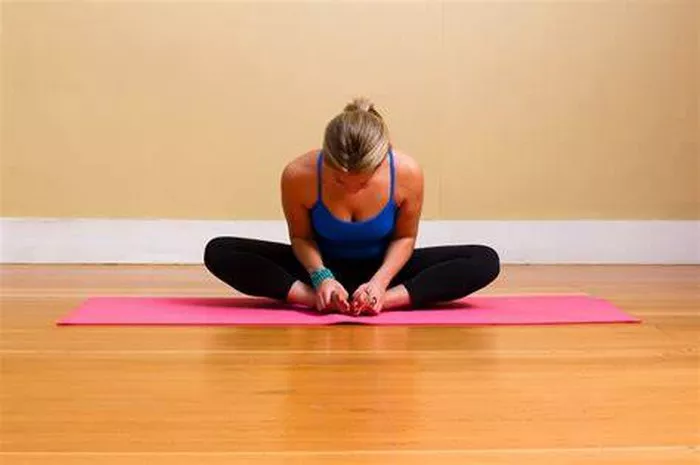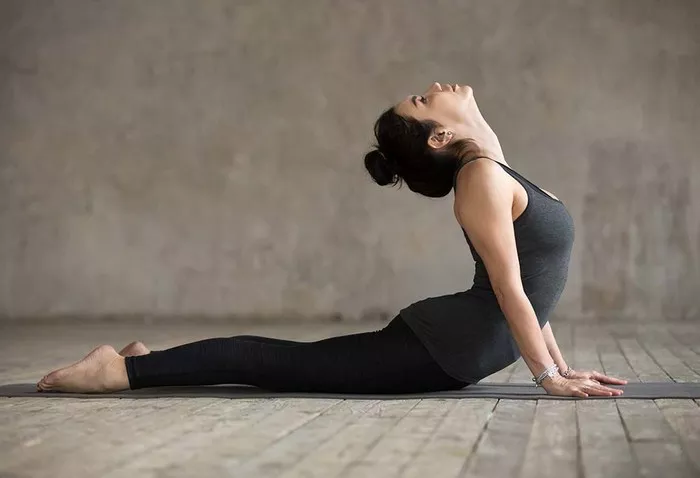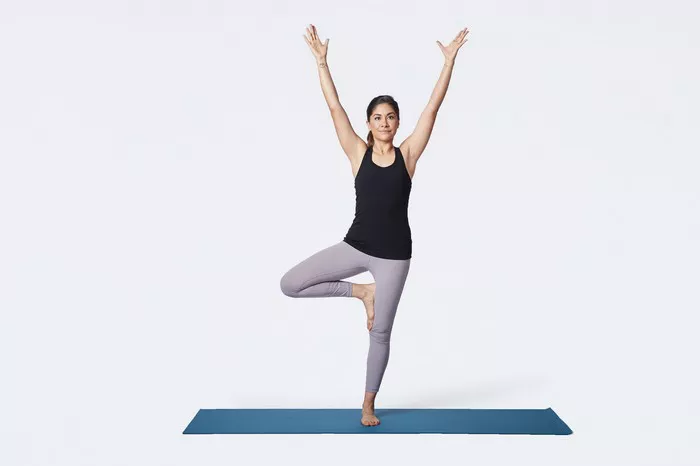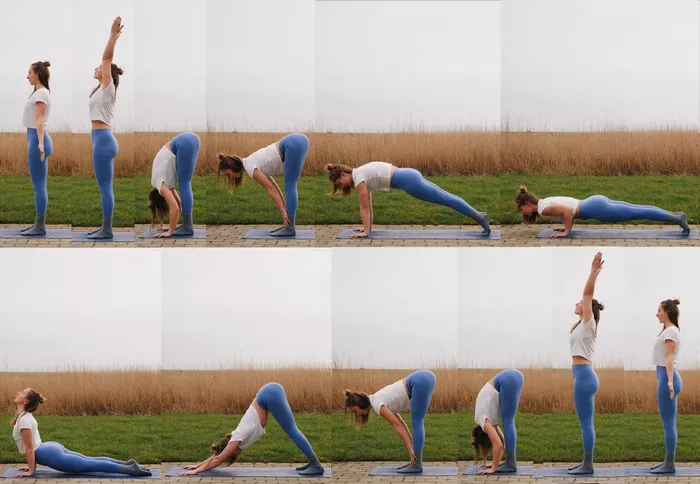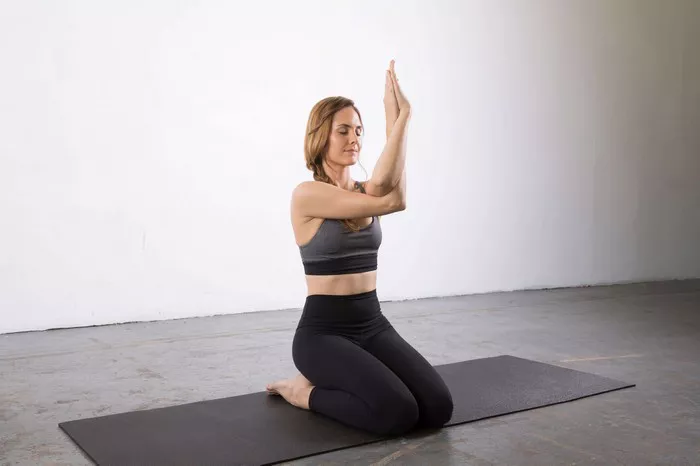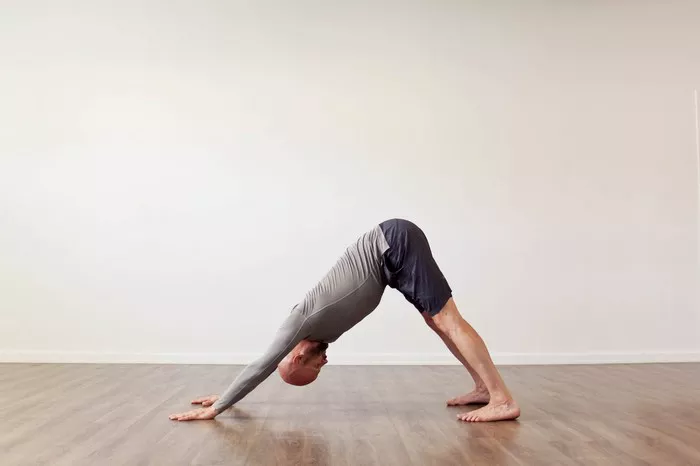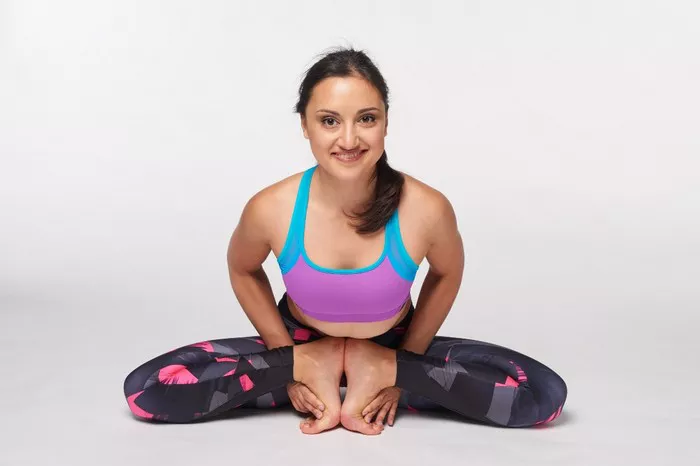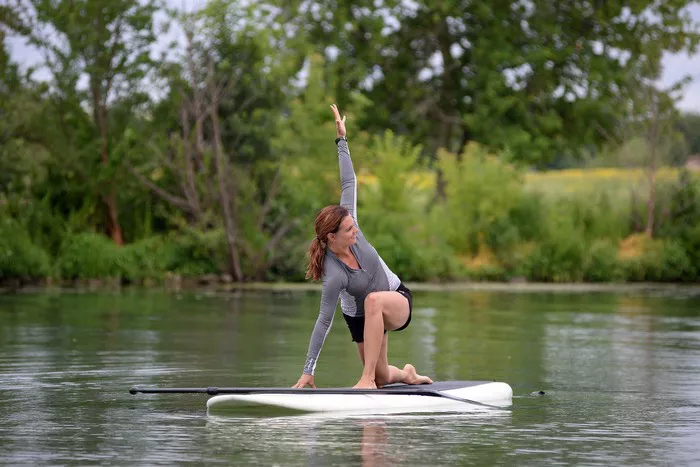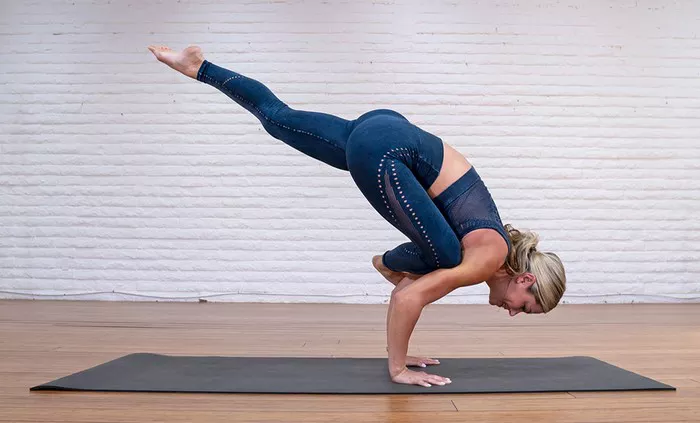In the world of fitness and wellness, yoga and Pilates are two disciplines often mentioned together due to their shared focus on body awareness, flexibility, and core strength. However, these practices have different historical roots, principles, and goals. One pose that frequently causes confusion is the “Downward Dog.” This position is commonly seen in yoga studios but occasionally appears in Pilates sessions too. So, is the Downward Dog a yoga or Pilates move? This guide will explore the answer in detail, providing insights into both disciplines and the role of this pose within them.
Understanding Yoga
Yoga is an ancient practice that originated in India over 5,000 years ago. It combines physical postures (asanas), breath control (pranayama), and meditation (dhyana) to promote holistic well-being. Yoga aims not just for physical fitness but also mental clarity, emotional stability, and spiritual growth.
Key characteristics of yoga include:
- A focus on breath and movement synchronization
- Emphasis on mindfulness and inner awareness
- Sequences of poses that aim to improve flexibility and strength
- Deep stretching and holding poses for several breaths
Yoga practices vary significantly depending on the style. Common forms include Hatha, Vinyasa, Ashtanga, Iyengar, and Yin yoga, each with unique attributes but generally inclusive of poses like the Downward Dog.
Understanding Pilates
Pilates was developed in the early 20th century by Joseph Pilates. This method emphasizes core strength, controlled movement, and body alignment. Unlike yoga, which often incorporates spiritual and meditative elements, Pilates is primarily a physical conditioning program.
Distinct features of Pilates include:
- A focus on core engagement (often referred to as the “powerhouse”)
- Precision in movement and technique
- Use of specialized equipment like the Reformer and Cadillac
- Breathing techniques that support muscle activation
- A series of mat or equipment-based exercises
Although Pilates does involve flexibility and some overlapping movements with yoga, it generally does not include poses like Downward Dog as foundational elements.
What is the Downward Dog?
The Downward Dog, or “Adho Mukha Svanasana” in Sanskrit, is a classic yoga pose that resembles an inverted V-shape. It is a cornerstone of many yoga sequences, particularly in Vinyasa and Ashtanga practices.
Key Characteristics:
- Hands and feet press firmly into the mat
- Hips lift toward the ceiling, forming a peak
- Spine lengthens, and heels aim to touch the ground
- Provides a full-body stretch, especially in the hamstrings, calves, shoulders, and spine
This pose is both strengthening and restorative. It often acts as a transitional or resting pose in yoga flows. While it may appear simple, Downward Dog requires coordination, flexibility, and strength.
The Role of Downward Dog in Yoga
In yoga, Downward Dog serves several purposes. It’s more than just a stretch; it is a dynamic pose that integrates multiple physical and mental elements.
Functions in Yoga:
- Transitioning: Acts as a bridge between other poses in sequences like Sun Salutations.
- Strengthening: Builds arm, shoulder, and core strength.
- Lengthening: Stretches the posterior chain from heels to neck.
- Balancing: Develops body awareness and coordination.
- Relaxation: Offers a moment of stillness and reconnection with the breath.
Due to its multi-functional nature, Downward Dog is indispensable in most yoga classes.
The Role of Downward Dog in Pilates
In traditional Pilates, the Downward Dog is not a standard or core movement. However, contemporary and fusion Pilates classes may incorporate yoga-inspired positions for variety or specific training goals.
Possible Uses in Pilates:
- Warm-Up: Used to gently engage muscles and promote flexibility
- Stretching: Offers a full-body stretch post-intense core work
- Cross-Training: Introduced in hybrid yoga-Pilates classes (e.g., Yogalates)
Still, Pilates tends to focus on positions that emphasize spinal articulation, pelvic stability, and precision. As such, while the Downward Dog might make an occasional appearance, it’s not a defining feature of the method.
Comparative Analysis: Yoga vs. Pilates
To clarify the distinction between yoga and Pilates—and where the Downward Dog fits—let’s compare several aspects of each discipline:
1. Origins
- Yoga: Ancient, spiritual practice from India
- Pilates: Modern, physical regimen from early 20th-century Europe
2. Primary Focus
- Yoga: Integration of mind, body, and spirit
- Pilates: Physical conditioning, especially the core
3. Breathing Techniques
- Yoga: Deep, diaphragmatic breathing, often through the nose
- Pilates: Lateral thoracic breathing, coordinating with movement
4. Pose Incorporation
- Yoga: Includes Downward Dog as a central posture
- Pilates: Rarely includes Downward Dog, and if so, as a borrowed or adapted pose
5. Equipment
- Yoga: Mat, blocks, straps
- Pilates: Mat, Reformer, Cadillac, Magic Circle, etc.
Why the Confusion?
The blending of fitness styles in modern exercise classes often contributes to the confusion. Many studios now offer hybrid classes that combine the fluid movement of yoga with the core-focused precision of Pilates. In such settings, poses like the Downward Dog may be included regardless of their origin.
Marketing and casual usage of terms also play a role. Some instructors and participants use yoga and Pilates interchangeably without understanding the deeper distinctions. Additionally, online workouts often mix elements of both disciplines, blurring the lines further.
Benefits of Downward Dog Regardless of Discipline
Whether you encounter it in a yoga or a fusion class, the Downward Dog offers numerous benefits:
- Improves flexibility in hamstrings and calves
- Strengthens arms, shoulders, and wrists
- Elongates the spine and relieves tension
- Stimulates circulation and boosts energy
- Enhances mental clarity through focused breathing
These advantages make it a universally valuable pose for various types of movement practices.
Best Practices for Practicing Downward Dog
To maximize the benefits of Downward Dog and reduce injury risk, follow these tips:
- Warm-Up First: Enter the pose only after engaging in light movement.
- Focus on Alignment: Ensure hands are shoulder-width apart and feet are hip-width apart.
- Engage the Core: Support the spine and prevent sagging in the lower back.
- Keep Heels Heavy: Let the heels gently sink toward the ground without force.
- Breathe Consistently: Use steady breath to deepen the pose and maintain focus.
Consulting a certified instructor—especially for beginners—can also ensure proper technique and personalized guidance.
Conclusion
So, is the Downward Dog yoga or Pilates? The definitive answer is: It is a yoga pose. Originating from ancient yogic traditions, the Downward Dog embodies the physical, mental, and spiritual dimensions of yoga. While you may occasionally see it in Pilates-inspired sessions, particularly in fusion formats, its roots and primary application are firmly grounded in yoga.
Understanding this distinction enhances your practice, whether you’re a seasoned yogi, a Pilates enthusiast, or someone exploring both disciplines. By recognizing the origin and purpose of each movement, you can approach your fitness routine with greater clarity, intention, and effectiveness.
Related Topics:

